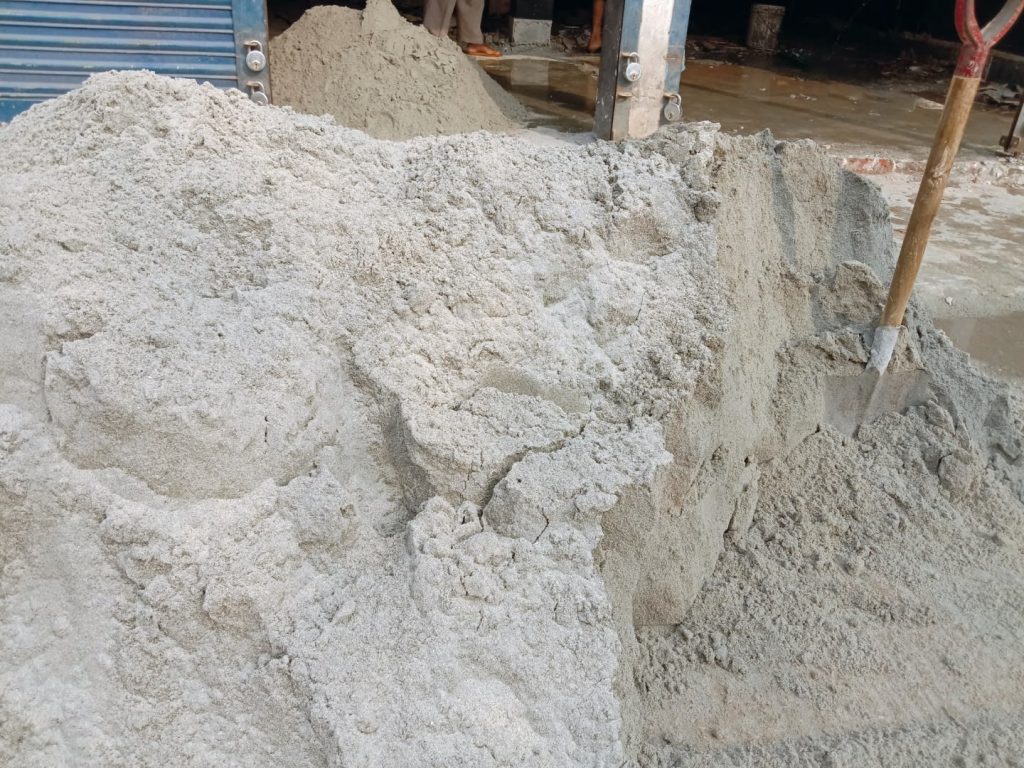A material with a dense consistency may help to block out noise. This is because of its ability to add weight, which decreases energy.
It will also help to reduce the echoing that walls cause. This can be achieved through the installation of resilient channels as well as Acoustic hangings on the wall with timber studs or ceiling Joists.

Sound Absorption Materials
They’re lightweight, porous and pliable, they are able to transform the sound of a tinny ear into heat. They are typically composed of soft materials like foam or fabric.
The NRC of Felt is very high and its elasticity is what makes it a great material to create acoustic isolation. The fibers that make up felt absorb sound through moving. The frictional heat loss disperses this energy. The felt is strong, impervious to acids, lubricants chemical, salts and chemicals in addition to water and wear.
NRC (National Rating Council) is a system of rating that describes the material’s sound absorption. The absorption of various materials differs. Therefore, it is crucial to select the appropriate material to meet your needs.
A different type of insulation that can be effective in the reduction of noise levels is green glue. The viscoelastic material is based on the concept that is known as constrained layer damming (CLD). Green glue is “sandwiched” and then sprayed to two surfaces that are rigid like dry walls, and is able to shred the particles in the green adhesive.
The soundproofing material
Soundproofing is a great way to reduce the noise of neighbours, traffic and barking dogs. Acoustically absorbing insulation is just one of the most popular products and gia cat xay to. Some have a thick and heavy structure which reduces the sound that comes from air. Some are viscoelastic, which lets them bend and take on vibrations.
Acoustic mineral wool and caulk are two other products for sound control. They are able for injecting into ceilings, walls, and flooring to minimize the impact and airborne sound. MuteCradles are cradles made of rubber and metal which separate wall studs from ceiling joists, reducing the number of points of contact. The mineral wool to be injected on the structure in order to manage the sound.
Polyester fibres have an unique combination of high porosity and dense density that makes it extremely effective in the absorbing of noises across different frequency. It can be combined with mineral wool acoustics in order to reduce noise in a the construction of a new structure.
Different kinds of insulation are available to control sound
The environment you live in will determine and the requirements of what type of sound-proofing you choose. It can be used to block sound emanating from the air (such as music, television and conversation) or through impact (such the slamming of a door and footsteps).
Acoustic insulation is constructed from various materials like fiberglass, cellulose, and spray foam. These materials can help reduce the impact or sound from airborne sources within ceilings, walls and flooring.
Additionally, it can help minimize unwanted noises from inside the house, like the sound of lawnmowers, or vacuum cleaners from neighbors. It can also reduce the the transfer of sound between rooms like the cinema bathroom or bedroom. Acoustic insulation is available as batts that are positioned on floors, walls or ceilings. They’re ideal for cutting down the sound that is transmitted between floors of multi-story structures.
Acoustic Insulation Applications
Acoustic insulation for homes is a great way to help reduce noise from the outside or in between rooms. It helps create a peaceful atmosphere, which encourages an active lifestyle as well as being more comfortable. Insulation is made from various materials, including cork, hempcrete and cork as well as recycled alternatives.
Acoustic insulation can be a fantastic method of separating areas within commercial structures like shopping centres as well as office buildings, multi-family homes. It’s particularly helpful for blocking out noise through ceilings and walls, or even floors.
Acoustic insulation can also be used in places that must be full of high-volume audio and music, such as theaters and auditoriums. The insulation is able to absorb the sound waves in order to minimize the transmission of sound and guarantee that audience members or listeners can hear quality audio with no disturbances.